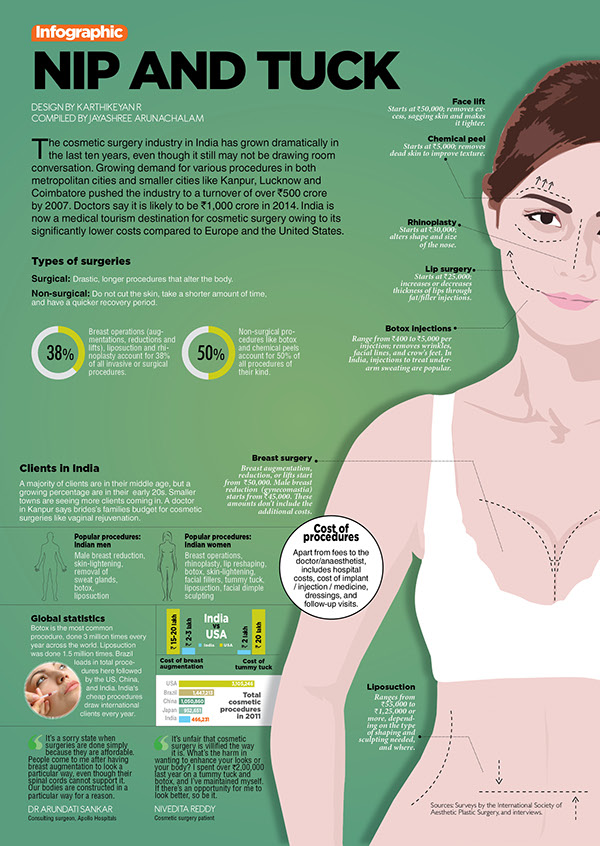Salicylic acid is a crucial active ingredient in several nonprescription acne therapies. It runs out blackheads and whiteheads in addition to minimizing excess oil. It can likewise help fading acne marks, although it might take a while.
Like benzoyl peroxide, it functions by unplugging skin pores. Yet it does so differently.
1. Breaks Down Dead Skin Cells
Salicylic acid is a beta-hydroxy acid (BHA) that's oil-soluble and consequently able to sink deep into the skin, liquifying excess oil along with dead skin cells. This is what makes it such an effective anti-acne therapy. It softens keratin, the healthy protein that forms part of our skin structure, to make sure that completely dry, scaly skin quickly drops, and it loosens up blackheads and whiteheads so they can be gotten rid of.
The problem with blocked pores is that germs, dust and dead skin cells are entraped, developing the excellent environment for acne to thrive in. Unlike water-based exfoliants, which only scrub the skin's surface, salicylic acid penetrates deeper into the pores to get rid of the build-up, creating an oxygen-rich setting that's aggressive to microorganisms.
Try to find a salicylic acid cleanser with 2% focus or higher, especially for oily skin kinds. If you have delicate or completely dry skin, start with a lower dosage and use it less often. Constantly review the label thoroughly to follow application instructions.
2. Breaks Down Sebum
As a keratolytic, Salicylic acid aids scrub the skin by dissolving the bonds that hold dead skin cells with each other. This enables the dead skin cells to shed even more easily, which subsequently can assist unblock pores. This is what makes it such a powerful active ingredient for treating blackheads and whiteheads, specifically when utilized combined with other therapies that work to minimize sebum manufacturing.
In addition to being an exfoliant, salicylic acid additionally has comedolytic residential or commercial properties that aid break down sebum. This is what makes it so effective at treating blackheads and whiteheads, in addition to various other non-inflammatory acne.
Similar to any treatment, it is very important to constantly follow the directions on your product's packaging. Begin with a percentage and slowly raise your use as your skin acclimates to the ingredient. This will help avoid any dry skin or level of sensitivity that might take place. Bear in mind, it can occupy to 6-8 weeks to observe a difference in your acne.
3. Removes Pores
When you use an acne product with salicylic acid, it passes through deep right into your pores and loosens the "glue" that causes dead skin cells to integrate with each other. This makes it simpler for them to fall away and reduces pore clogs that cause shallow acne, like blackheads, whiteheads, and small red acnes (pimples).
As a result of its capability to penetrate the pores, Dr. Negbenebor advises using it in a product, instead of a cleanser or body clean, to maximize its effectiveness. Make sure to review the component tag thoroughly and make note of any other prescription or nonprescription drugs you take or herbal items you're using, as some can engage with salicylic acid.
To locate a good product, seek one that contains salicylic acid in a higher focus-- 2 percent or greater-- or that combines it with one more anti-inflammatory and exfoliating component, such as salt PCA and salt hyaluronate, which helps avoid the drying impacts of the salicylic acid. facial A fave of several customers with sensitive skin, this Paula's Choice 2% salicylic acid serum includes maltobionic acid to exfoliate without irritating the skin.
4. Decreases Inflammation
Salicylic acid is anti-inflammatory, which helps reduce inflammation & inflammation connected with acne blemishes. It also softens & loosens completely dry, flaky skin, which can assist eliminate dead skin cells, flakes & debris that clog pores.
While over-the-counter focus of salicylic acid cap at 2% (for items that will be left on your face), it's offered in greater focus via a prescription. A dermatologist can advise the correct concentration to treat your acne, based on your skin kind and your experience with therapies such as benzoyl peroxide or retinoids.
If you're brand-new to skincare products with this ingredient or have oily skin, attempt making use of a reduced concentration initially. You can slowly work up to a stronger focus, however it is essential to utilize your item as directed, i.e., daily. Or else, overuse can leave your skin super-dry & irritated. It's additionally advised to use your products just in the evening, given that salicylic acid can move onto textiles & discolor them.
